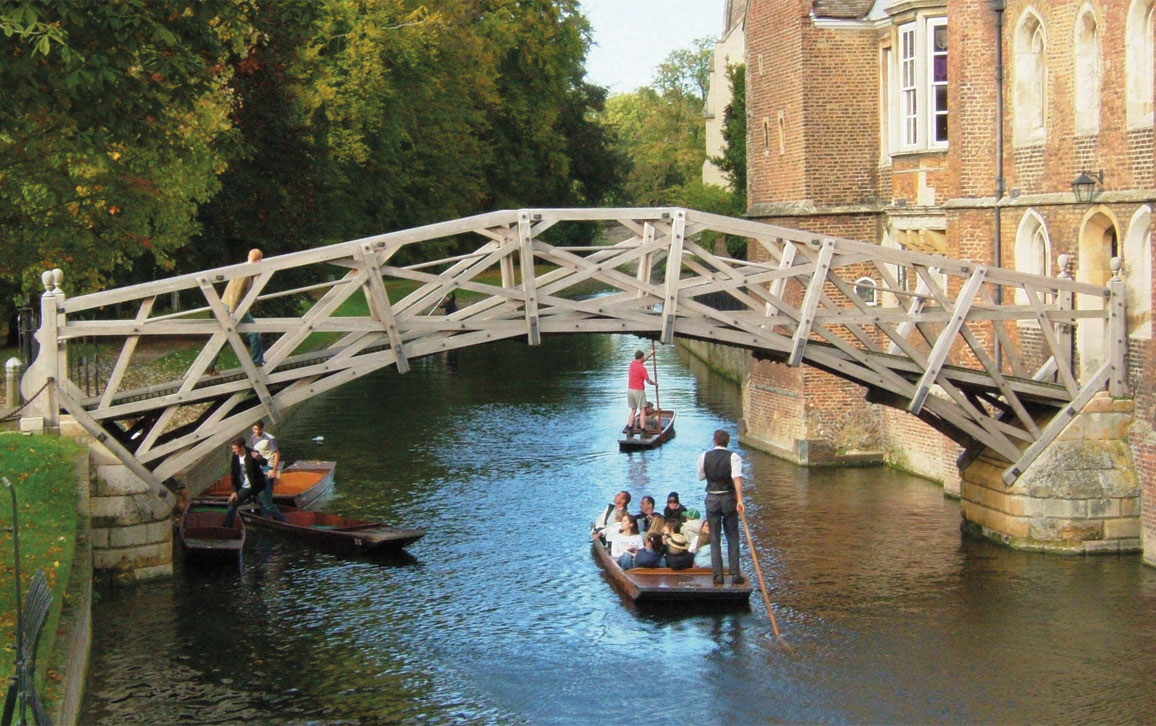Testing 500-Year-Old Hypotheses
By Henry Petroski
Ancient structures that were never built can still inspire modern designers.
Ancient structures that were never built can still inspire modern designers.

Throughout history, architects, engineers, and scientists have put down on paper their ideas for buildings, bridges, and theories that remained unrealized in their lifetimes. For instance, drawings and models of Frank Lloyd Wright’s Mile-High Illinois skyscraper have been reproduced in books, displayed in museums, and discussed in classrooms since the concept was revealed in 1957. Whether the building of more than 500 floors and 75 elevators is buildable remains to be proven, given that the tallest skyscraper in the world today is the 163-floor Burj Khalifa in Dubai, United Arab Emirates, and its height of 828 meters measures just a percentage point over a half mile. Even the one building that is currently under construction (projected to be completed this year) and expected to take the title of tallest—the 200-floor Jeddah Tower in Jeddah, Saudi Arabia—will reach only 63 percent as high as the Illinois building proposed more than 60 years ago.

Steff/Wikimedia Commons/CC-BY-SA 3.0
Click "American Scientist" to access home page
American Scientist Comments and Discussion
To discuss our articles or comment on them, please share them and tag American Scientist on social media platforms. Here are links to our profiles on Twitter, Facebook, and LinkedIn.
If we re-share your post, we will moderate comments/discussion following our comments policy.